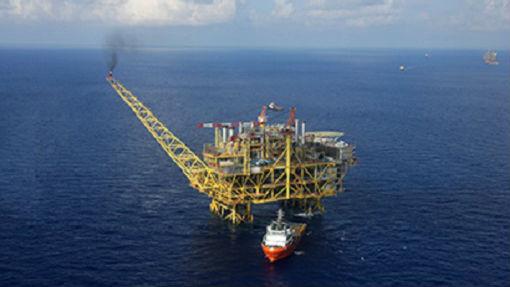China Positive for International Oil Companies

By Matt Cook, Douglas-Westwood London
As China’s onshore oilfields mature, its three state-owned oil companies (CNOOC, CNPC and Sinopec) are looking to develop the country’s sizeable unconventional and deepwater reserves. Whilst more technically challenging to develop than historical oil and gas plays in northern China, these fields provide a chance to revive stagnant oil output as well as boost China’s considerable gas potential.
China holds the largest combined shale oil and gas reserves in the world, weighing in at 244 billion barrels of oil equivalent (EIA, 2013). In addition, 2014 saw the $6.5 billion deepwater Liwan-3 natural gas field, located in the South China Sea, brought online. This was China’s first deepwater development and signals the start of a series of deepwater oil and gas projects over the coming years.
While these signs will be encouraging for China’s national oil companies (NOCs), it is likely greater measures will be required to secure China’s long term domestic hydrocarbon production. For both deepwater and shale plays, the expertise of international oil companies (IOCs) will be crucial for effective development. Saudi Aramco has recognized this in recent years and has signed deals with several IOCs to explore and develop shale resources in southern Saudi Arabia. With respect to Capex-intensive deepwater projects, the financial clout of IOCs has been utilized by various West African NOCs.
A major barrier to IOC involvement in China exists in the form of the current production sharing contract (PSC) structure. Currently PSCs in China are particularly demanding on participating foreign oil companies, with the non-state share of produced hydrocarbons subject to a series of reductions and taxes. These include the recovery of the NOC’s exploration and development costs as well as corporation tax and special oil levy. The special oil levy varies with the price of oil, with 20 percent taken when spot prices are in the $55-$60 range and increasing to 40 percent when prices are above $75.
At the time of writing, the Brent crude benchmark stands at $58.52, suggesting sustained low oil prices in 2015 and beyond could represent an opportunity for IOCs and independents to invest in Chinese assets whilst the special oil levy is at its lowest.
